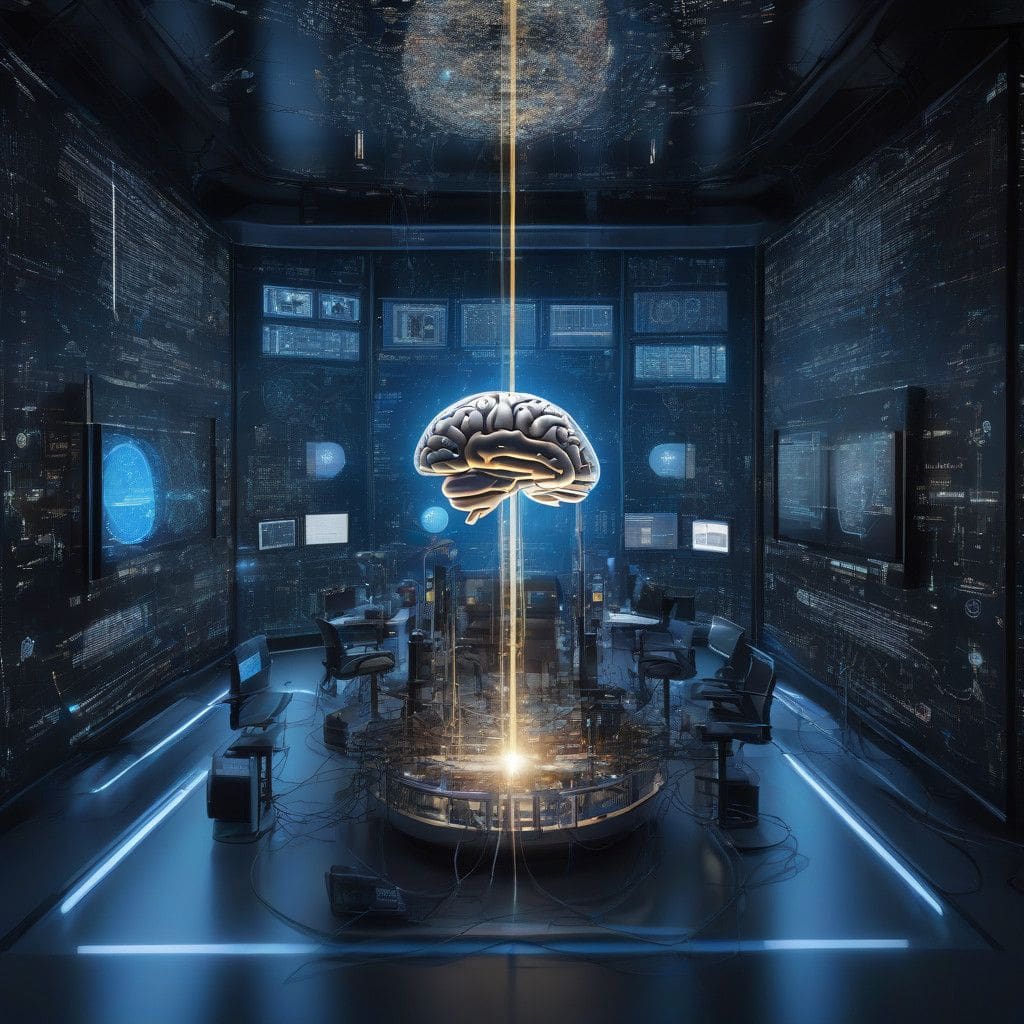In a significant restructuring move, Alphabet has merged its Gemini app team with DeepMind to enhance its artificial intelligence (AI) capabilities. This strategic integration aims to streamline operations and accelerate progress in generative AI technology, a field that is rapidly reshaping the landscape of digital interaction and content creation.
The announcement followed a series of shifts within Google’s leadership. Sundar Pichai, the CEO of Google, stated that this merger is intended to foster quicker deployment of AI models and ensure seamless collaboration across its various platforms. The long-term vision is clear: Google aims to outpace its competitors by harnessing the best resources available within its existing structure to create a more cohesive AI strategy.
The Gemini app represents Google’s cutting-edge technology in AI, providing users direct access to the latest advancements. The integration of the Gemini team into DeepMind will enhance both feedback loops and operational efficiency, crucial for the rapid evolution of AI applications. To spearhead this transition, Sissie Hsiao, who previously led the Gemini app development, will report directly to Demis Hassabis, CEO of DeepMind. Hassabis is widely regarded as a visionary in the AI domain, known for his work on neural networks and machine learning.
This move also aligns with a broader realignment within Google’s AI leadership. Prabhakar Raghavan, who has been pivotal in the development of search and information management, has been appointed as Google’s chief technologist. His expertise will be instrumental in guiding the direction of the company’s AI product strategies. Meanwhile, Nick Fox will take over Raghavan’s previous role, indicating a strategic redirection that focuses on integrating AI tightly into Google’s core operations.
Historically, integrating teams and aligning strategies has proven beneficial for technology firms seeking innovation and market leadership. For example, the consolidation of Facebook’s various products into a unified messaging platform led to enhanced user engagement and led to the expansive growth of their advertising ecosystem. Similarly, Google’s realignment seeks to streamline its AI offerings, ensuring that the Gemini platform leverages the expertise of DeepMind effectively.
The implications of this merger extend beyond just operational improvements; they resonate with the core business strategy of maintaining competitive advantage in a market that is increasingly driven by artificial intelligence. As companies like OpenAI and Microsoft’s Azure AI make waves with their own innovations, Google must ensure that its solutions remain at the forefront of technological advancement. The pressure to innovate rapidly creates an environment where every strategic decision counts.
In addition, the focus on generative AI is particularly significant. Generative models, which can create text, images, and other data, are at the forefront of AI applications, driving industries from entertainment to advertising and beyond. Google’s commitment to enhancing its generative capabilities means it recognizes the immense potential these technologies have in creating value for users and businesses alike.
The results of this merger will likely be scrutinized in the coming months, as stakeholders within the technology sector watch closely how effectively Google can integrate the capabilities of DeepMind with Gemini’s platform. Historically, mergers and acquisitions can either result in a powerhouse of innovation or lead to a dilutive effect if synergy is not achieved.
While the future remains uncertain, the commitment from Google’s leadership suggests a strong focus on bridging technical advancements with practical applications. By revitalizing its organizational structure around AI, Google is not merely responding to market trends but is actively shaping the future of technology through strategic foresight.
In conclusion, the merger of Gemini with DeepMind stands as a testament to Google’s vision of positioning itself firmly in the AI arena. As technology continues to evolve at a breakneck pace, such strategic realignments will be crucial in ensuring a robust response to the demands of an increasingly AI-driven world.












